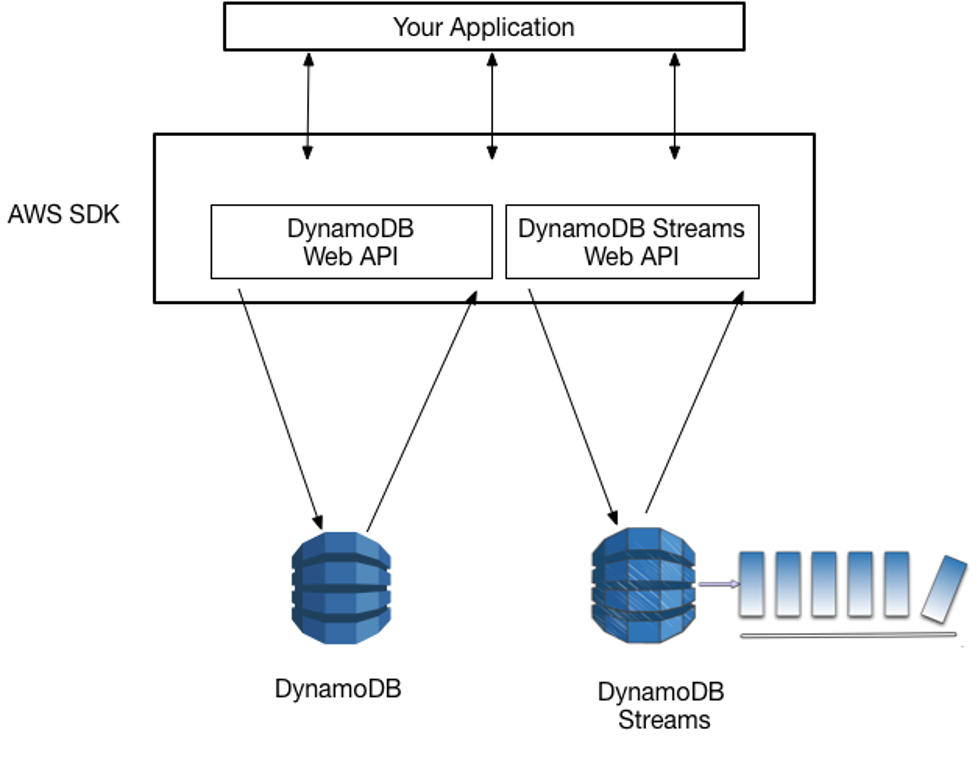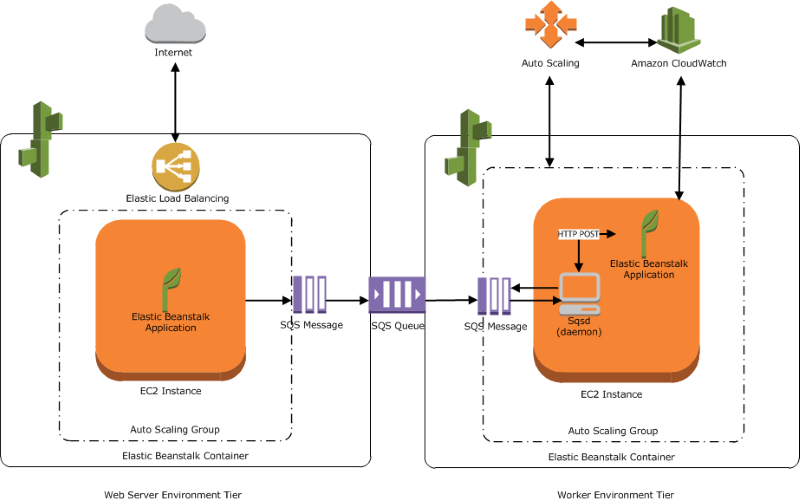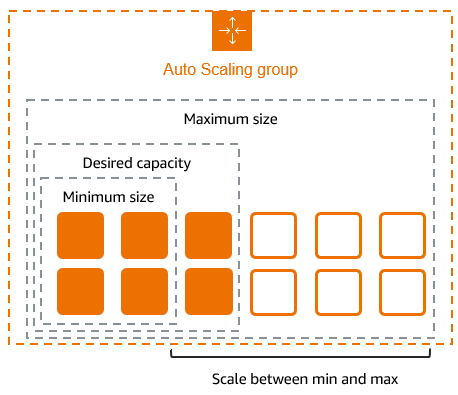What is Jenkins and Why Should You Care?
If you've dipped your toes into DevOps or continuous integration, you've probably heard of Jenkins. But what exactly is it? Simply put, Jenkins is an open-source automation server that helps automate the parts of software development related to building, testing, and deploying code. Think of it as the tireless worker who handles all the repetitive tasks in your software pipeline.
In 2025, Jenkins remains one of the most widely used automation tools in the tech industry, powering the CI/CD pipelines of thousands of organizations worldwide. Whether you're a developer, a DevOps engineer, or simply someone looking to understand modern software delivery practices, Jenkins knowledge is incredibly valuable.
A Brief History: From Hudson to Jenkins
Jenkins wasn't always called Jenkins. It began life as Hudson, developed by Kohsuke Kawaguchi while working at Sun Microsystems in 2004. After Oracle acquired Sun in 2010, a dispute arose over the project's name and direction. The community forked the project, and Jenkins was born.
Since then, Jenkins has grown exponentially, with a vibrant community of contributors and thousands of plugins that extend its functionality. This evolution has allowed Jenkins to adapt to changing technologies and remain relevant in the fast-paced world of software development.
Core Concepts: Understanding the Jenkins Architecture
At its heart, Jenkins follows a master-agent architecture:
- Master: The central coordination server that schedules jobs, distributes builds to agents, monitors agents, and presents results.
- Agents (Nodes): The worker machines that execute the builds as directed by the master.
This distributed architecture allows Jenkins to scale horizontally, running builds across multiple machines simultaneously. In 2025, most organizations use Jenkins in a distributed setup, often with containerized agents that can be spun up and down as needed.

Getting Started: Installing Jenkins
Setting up Jenkins has become much simpler over the years. You have several options:
Option 1: Docker Installation (Recommended for 2025)
docker run -d -p 8080:8080 -p 50000:50000 --name jenkins jenkins/jenkins:lts
This command pulls the official Jenkins LTS (Long Term Support) image and runs it in a container, mapping ports 8080 (web interface) and 50000 (agent connection).
Option 2: Traditional Installation
For Linux systems:
sudo apt update
sudo apt install openjdk-11-jre
wget -q -O - https://pkg.jenkins.io/debian/jenkins.io.key | sudo apt-key add -
sudo sh -c 'echo deb http://pkg.jenkins.io/debian-stable binary/ > /etc/apt/sources.list.d/jenkins.list'
sudo apt update
sudo apt install jenkins
After installation, access Jenkins through your browser at http://localhost:8080. You'll be guided through an initial setup wizard where you'll:
- Unlock Jenkins using the initial admin password
- Install suggested plugins (or select custom plugins)
- Create your first admin user
- Configure the Jenkins URL
Jenkins Pipeline: The Heart of Modern CI/CD
In 2025, Jenkins Pipelines are the standard way to define your automation workflows. Pipelines are written in a domain-specific language based on Groovy, and they can be stored as code in your version control system—a practice known as "Pipeline as Code."
There are two types of syntax for defining Jenkins Pipelines:
Declarative Pipeline
pipeline {
agent any
stages {
stage('Build') {
steps {
echo 'Building the application...'
sh 'mvn clean package'
}
}
stage('Test') {
steps {
echo 'Running tests...'
sh 'mvn test'
}
}
stage('Deploy') {
steps {
echo 'Deploying the application...'
// Deployment commands here
}
}
}
post {
success {
echo 'Pipeline executed successfully!'
}
failure {
echo 'Pipeline execution failed!'
}
}
}
Scripted Pipeline
node {
stage('Build') {
echo 'Building the application...'
sh 'mvn clean package'
}
stage('Test') {
echo 'Running tests...'
sh 'mvn test'
}
stage('Deploy') {
echo 'Deploying the application...'
// Deployment commands here
}
}
The declarative syntax is generally recommended for beginners due to its more structured and readable format. It provides a predefined structure that guides users in creating their pipelines.

Essential Jenkins Plugins in 2025
One of Jenkins' greatest strengths is its extensibility through plugins. Here are some must-have plugins in 2025:
- Pipeline: Supports building continuous delivery pipelines
- Git Integration: Connects Jenkins with Git repositories
- Docker: Integrates Docker with Jenkins for containerized builds
- Blue Ocean: Provides a modern, visual interface for Jenkins Pipelines
- Kubernetes: Orchestrates Jenkins agents running in Kubernetes
- Credentials: Securely stores and manages credentials
- Configuration as Code (JCasC): Manages Jenkins configuration as code
Installing plugins is straightforward through the Jenkins web interface: go to "Manage Jenkins" > "Manage Plugins" > "Available" tab, then search and install.
Building Your First Jenkins Pipeline
Let's create a simple pipeline for a web application:
- In Jenkins, click "New Item"
- Enter a name for your pipeline and select "Pipeline"
- Scroll down to the Pipeline section
- Enter the following script:
pipeline {
agent any
stages {
stage('Checkout') {
steps {
git 'https://github.com/yourusername/your-repo.git'
}
}
stage('Build') {
steps {
sh 'npm install'
}
}
stage('Test') {
steps {
sh 'npm test'
}
}
stage('Deploy') {
steps {
sh 'echo "Deploying to staging environment..."'
// Add deployment commands here
}
}
}
}
- Click "Save" and then "Build Now" to run your pipeline
This pipeline checks out code from a Git repository, installs dependencies, runs tests, and simulates a deployment. In a real-world scenario, you'd replace the placeholder commands with actual build, test, and deployment commands specific to your application.
Advanced Jenkins Features
Multibranch Pipelines
Multibranch pipelines automatically create and manage Jenkins pipelines for branches in your source control repository. This is perfect for teams using Git flow or GitHub flow workflows.
// Jenkinsfile for a multibranch pipeline
pipeline {
agent any
stages {
stage('Build') {
steps {
echo "Building branch: ${env.BRANCH_NAME}"
// Build commands
}
}
stage('Test') {
steps {
// Test commands
}
}
stage('Deploy') {
when {
branch 'main' // Only deploy from the main branch
}
steps {
// Deployment commands
}
}
}
}
Shared Libraries
Shared libraries allow you to define reusable pipeline code that can be shared across multiple projects. This promotes code reuse and standardization across your organization.
// Using a shared library
@Library('my-shared-library') _
pipeline {
agent any
stages {
stage('Build') {
steps {
// Call a function from the shared library
mySharedBuildFunction()
}
}
}
}

Jenkins Security Best Practices
Security is critical for any CI/CD system. Here are some best practices for securing Jenkins in 2025:
- Use Role-Based Access Control (RBAC): Limit access based on user roles
- Implement Matrix-Based Security: Fine-grained access control for specific jobs
- Secure Jenkins Behind a Firewall: Limit external access
- Use Credentials Management: Store sensitive information securely
- Enable CSRF Protection: Prevent cross-site request forgery attacks
- Regularly Update Jenkins and Plugins: Keep up with security patches
- Audit Your Jenkins Instance: Regularly review access logs
Jenkins vs. Alternatives in 2025
While Jenkins remains popular, several alternatives have gained traction:
| Tool | Strengths | Weaknesses |
|---|---|---|
| Jenkins | Highly customizable, vast plugin ecosystem | Can be complex to maintain at scale |
| GitHub Actions | Tight integration with GitHub, simple setup | Limited to GitHub repositories |
| GitLab CI/CD | Integrated with GitLab, container-native | Best suited for GitLab users |
| CircleCI | Easy to use, cloud-native | Less flexible than Jenkins |
| Tekton | Kubernetes-native, cloud-native | Steeper learning curve |
Despite these alternatives, Jenkins' flexibility, extensibility, and community support keep it relevant in 2025, especially for organizations with complex build requirements or legacy systems.
Real-World Jenkins Use Cases
Case Study 1: Enterprise Software Delivery
Large enterprises use Jenkins to orchestrate complex delivery pipelines involving multiple technologies and deployment targets. These pipelines often include:
- Building code in multiple languages
- Running extensive test suites
- Performing security scans
- Deploying to multiple environments (dev, QA, staging, production)
- Notifying stakeholders at each stage
Case Study 2: Microservices Deployment
Organizations with microservices architectures use Jenkins to manage the deployment of dozens or hundreds of services. Jenkins pipelines coordinate:
- Individual service builds
- Integration testing
- Canary deployments
- Blue/green deployments
- Service mesh configuration
Troubleshooting Common Jenkins Issues
Even in 2025, Jenkins users encounter common issues:
- Out of Memory Errors: Increase Jenkins' heap size by setting
JENKINS_OPTS="-Xmx4g" - Slow Builds: Distribute builds across multiple agents or optimize build scripts
- Plugin Conflicts: Keep plugins updated and remove unused ones
- Workspace Cleanup: Use the Workspace Cleanup plugin to prevent disk space issues
- Agent Connection Problems: Check network connectivity and agent configurations
Conclusion: The Future of Jenkins
As we progress through 2025, Jenkins continues to evolve. The Jenkins project has embraced cloud-native concepts, improved its user interface, and streamlined the experience for DevOps teams.
For beginners just starting with Jenkins, the learning curve might seem steep, but the investment is worthwhile. Jenkins remains a foundational skill for DevOps engineers, and understanding it opens doors to more advanced continuous delivery concepts.
If you're looking to advance your DevOps career, mastering Jenkins is a crucial step on your journey. Check out our DevOps career roadmap and DevOps projects that will land you your first job to continue your learning journey.
Happy automating!




